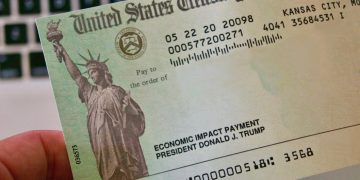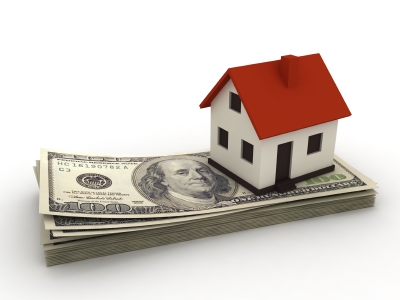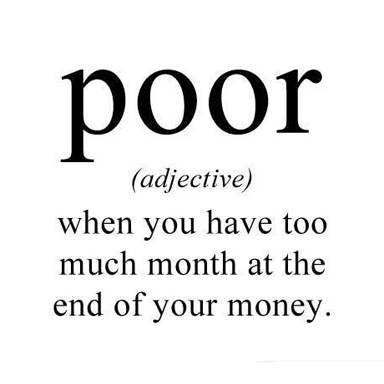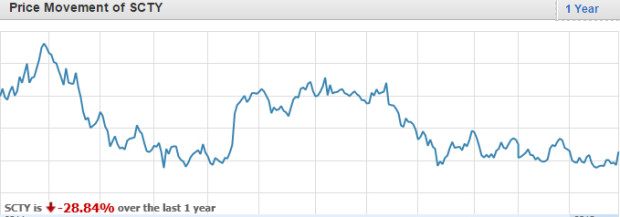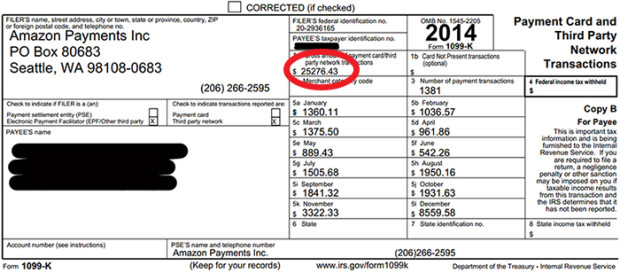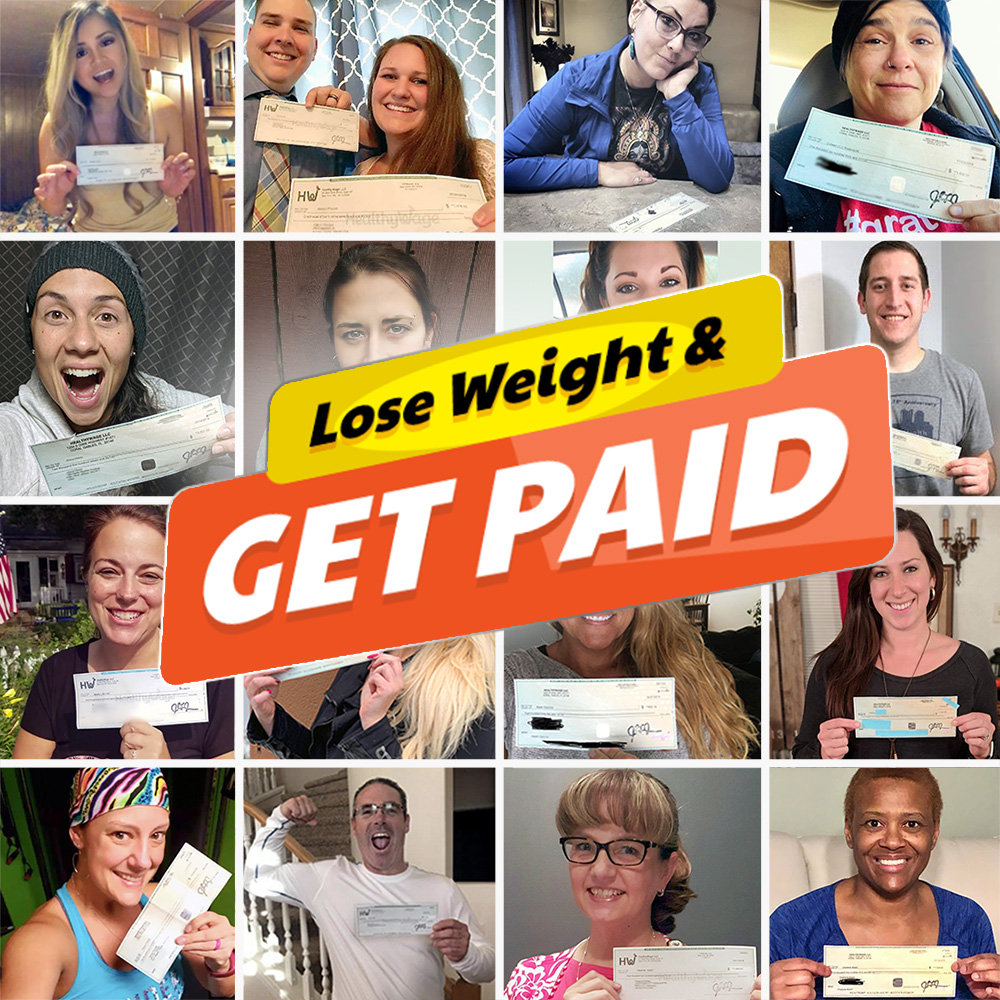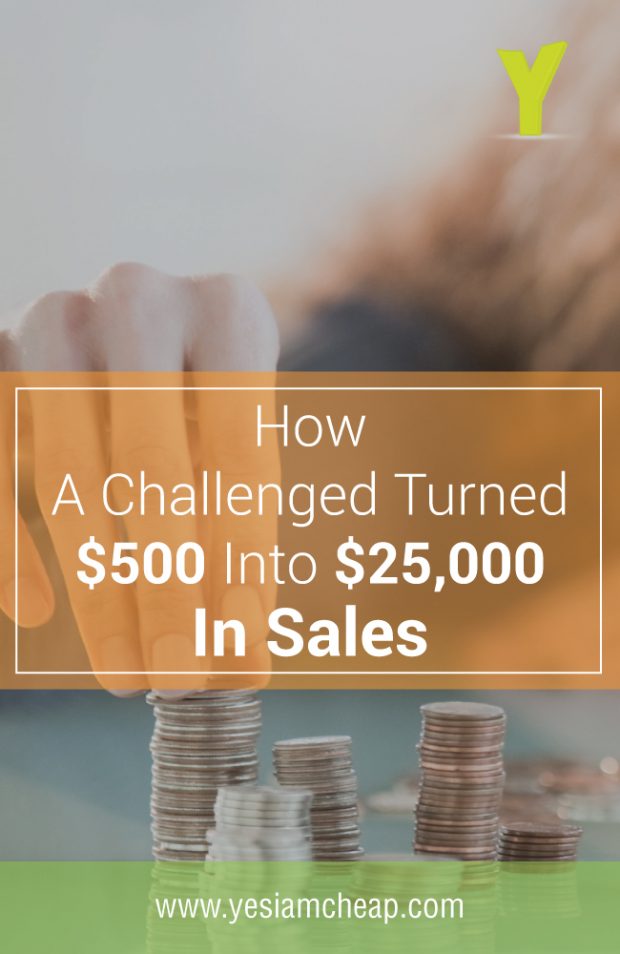 Last year I joined a friendly challenge between personal finance bloggers hosted by Jeff Rose of Good Financial Cents. We each had to invest $1,000 of our own money and at the end of 2014 we would see who had the most left. I love these kinds of challenges because I get to poke fun of my personal finance buddies, and we get to test our own advice. Now, I’m the first to say that I am not a financial adviser, so any opportunity that I get to play in their sandbox makes me pretty happy.
Last year I joined a friendly challenge between personal finance bloggers hosted by Jeff Rose of Good Financial Cents. We each had to invest $1,000 of our own money and at the end of 2014 we would see who had the most left. I love these kinds of challenges because I get to poke fun of my personal finance buddies, and we get to test our own advice. Now, I’m the first to say that I am not a financial adviser, so any opportunity that I get to play in their sandbox makes me pretty happy.
We used different methodologies to choose the ways that we would tackle the Grow Your Own Dough Throwdown. My favorite method was the “blind monkey” used by Paula Pant of AffordAnything.com. She chose a number of stock, listed them on a board, blindfolded herself and then threw darts to determine her stock choices. It was truly a blind choice. Others were more deliberate in their choices, backing their picks by research and analysis. Me? Not so much.
I decided to prove that a side hustle could out earn any stock, especially with with such a low investment amount. What I did was split my $1,000 in three with $250 going to a non-traditional investment choice of peer-to-peer lending; $250 going to a “green” stock, and $500 going to creating a small business.
While everyone else reported their earnings and a winner was declared, I had to wait a bit for a 1099-K to be generated before I could report legitimate numbers that were not estimated. Everything that I share below is what actually happened with $1,000 of my own money. With that said, please know that nothing below should be taken as financial or investment advice. My results are absolutely no guarantee of your potential results as well. Now, on to the numbers.
Lending Club
The $250 that I used to invest in peer-to-peer funded loans via the Lending Club network morphed into $272.27. What I did was reinvest the payments received whenever I remembered. Quite frankly, I was too busy to even log into the account to reinvest my funds for the last three or four months. My returns beat the pants off bank savings accounts. Who else will hand you over $20 in interest on such a small amount invested?
Now, I would be remiss if I didn’t mention that the reason why peer-to-peer lending pays so well is because you are risking your principle investment, but then, don’t you risk that when you invest in the stock market. The only money that I would ever encourage anyone to invest using these networks (Prosper and Kiva are the other larger networks) is money that you can afford to lose.
That’s not to say that peer-to-peer lending shouldn’t be a part of everyone’s portfolio. In fact, I have more money invested on a competing network. If I planned on retiring on this money I would have been extremely conservative and would have had my portfolio on an automated investment program whereby my interest and principle repayments would be reinvested.
Peer-to-peer investing was a bit like swimming into shark infested waters with an open wound a few years ago. Now that they are more regulated and with a number of years of weeding out fraudulent borrowers, I think that these networks are a safe, albeit risky investment option. Actually, I find this to be only a tad more risky than investing in individual stock. Speaking of which, that’s the black hole where the next bit of my money went.
Count LendingClub as a win with +22.27 in gains.
Individual Stock (SolarCity Corp – SCTY)
I’m going to be up front here. Investing in individual stock is risky. You can possibly lose every single penny that you’ve invested.
Alright, so I chose to invest in something that I believe in. I share a birthday with Earth Day and I have a degree in Biology. I’m passionate about truly green products and SolarCity was a company that I believed in. Notice the past tense in that sentence. SolarCity manufactures solar panels for home use and runs basically an installation and solar panel rental business. They are also headed by Elon Musk who is the money and brains behind Tesla Motors. I believe in his passion for greener products.
When I chose SolarCity they had just announced a partnership with Home Depot to provide solar panel installation to home users. I saw this as a way to finally appeal to the mass market who don’t want to go scrambling on their own roofs to figure out how to install solar panels. I have solar panels in my back yard that I use to run some of the electrical components of my backyard aquaponics system. If you have time to figure out how to hook them up it can be done, however, your average weekend warrior is not comfortable messing with expensive electrical equipment.
The stock went up, peaked, and fell like penny off the top of the Empire State Building. I purchased the stock at $81.56 per share. It went up to $88.35 and closed on December 31, 2014 at $52.72 per share making my $250 investment worth a whopping $158.16. Be still my heart. What happened?
Well, SolarCity got hit with some litigation, and lawyers are expensive. Investors sued because the stock fell so quickly. In fact, I received information in the mail asking if I wanted to join a class action suit over the stock price of SolarCity. Also, with the government incentive for installing solar panels expiring, the solar panel lease business might not make much financial sense. Finally, I’m waiting for the partnership with Home Depot to yield dividends, but like everything else the management team at SolarCity touches, it’s turning into poop. Sigh. A five year old could have done a better job with this deal. You want to buy solar panels through Home Depot? Get prepared to find a screen somewhere in the store explaining the product and look for a phone number to call before setting up an appointment. No one wants to jump through hoops to spend money.
But, I did get a $50 incentive from Share Builder where my account is housed, for opening the account. I actually didn’t spend it on the stock and left it sitting as cash which earned a tiny bit of interest, so my portfolio is actually valued at $213.64. You can count that as a loss of $36.36.
Side Hustle
The last of my money, a whole $500 went into a side business. I really, really wanted to prove that a small side business could beat the stock market any day. It all depends on what side business you were doing, the amount of time that you wanted to invest and what you can ultimately sell that someone else wants to buy.
I specifically chose to do something that was as hands off as I could make it. I entered a highly saturated market of cell phone cases that were being drop shipped. No clue what drop shipping is? Head over to My Wife Quit Her Job to learn about carrying inventory versus having someone else do it for you. I work a full-time job and I don’t have time to carry inventory, pick orders, pack and ship them. Drop shipping is not as easy as you think that it is. I’ve worked with a few different drop shippers selling different products over the years, but this drop shipper I knew that I could depend on. This time, I used my brother as the manufacturer and drop shipper of my items.
That’s not to say that it was all hands off. I still had to design items to differentiate myself from imports from China, I processed orders and was “customer service” for my Amazon customers, I put up the occasional ad on Facebook (a whopping 3 ads for $15 total) and then I actually had to chip in and do some work at the end of the year when my sales overwhelmed me. Remember that?
I had a really, really, really good year based on my meager $500 investment. Just like LendingClub, I pretty much reinvested my profits right back into the business. Not only did I have a good year, I had to take my Amazon store offline for the last few weeks of December or I would have lost my sanity. I finally got my form 1099-K from Amazon yesterday and I sold a total of $25,276.43. I managed to turn $500 into over $25,000 in sales in just one year.
Don’t be fooled into thinking that sales is the same as profits. I still had to pay for the cost of the items, shipping, returns, advertisements, etc. I can’t tell you how much I actually made because I have to pay taxes on my gross profits, but I have a four different income streams so I can’t say for sure what this will amount to. I can say that preliminary gross profits appear to be $5,119.78 for the year all for selling a low cost item in an over saturated market while competing directly with China. In your face China! 🙂
My $500 investment returned 1,000% in just one year. How great was that?
The sweet thing is that my Amazon account was dedicated strictly to this challenge. Over the course of the year I added additional sales avenues including a little website I threw together where I pay much less in fees because I don’t have Amazon acting as a middleman taking a decent cut of the money. My profits could have been significantly higher but the flip side is that Amazon also allows my products to be put in front of more people. Someone from the television show Love and Hip Hop even linked to one of my items in December sending my sales through the roof.
Amazon also came with its downside as well. I had to contend with other people stealing my most popular designs to sell on Amazon and there was nothing that I could do about it. A friend even bumped into my design and photo on sale on eBay. That was special. Amazon sellers are also suffering from a new type of scam that I won’t list here because it will encourage more people to do it. Since Amazon is concerned with pleasing their customers, they don’t care how many of their sellers fall prey to scams. Finally Amazon’s customers are not your customers. I can’t market to the individuals who have purchased my items to potentially capture new sales. Always own your own dot in the web.
This challenge has helped my little idea turn into a real side hustle. There’s no reason for me to stop now just because the year-long challenge is over.
What You Should Take With You
Before you run off thinking that you should never invest in the stock market, don’t get fooled! My entire retirement fund is in the stock market, however, I try not to invest in individual stocks – although I did buy SolarCity in my IRA with serious money as well. Kicking myself for that one, but a loss isn’t a loss until you sell. The majority of my money is invested in the markets through mutual funds. This helps to spread the risk as much as possible, leaving wild fluctuations that my individual stock experienced not as devastating as it was for my play portfolio.
You should also explore peer-to-peer lending. I dipped my toes in there years ago and so far, I’ve been happy with my returns. I also like lending to individuals and helping them reach their financial goals while making money for myself. It’s a win-win situation and helps me sleep well at night.
Finally, I am not going to get on my soapbox while preaching the gospel of the side hustle. I’ve done it a million times. Whether you sell makeup, eBooks, act as a virtual assistant, do hair, arrange flowers or make jewelry on the side, always have a side hustle in your back pocket! You never know when your small $500 investment might turn into $25,000 in sales as well.
Rock on.


